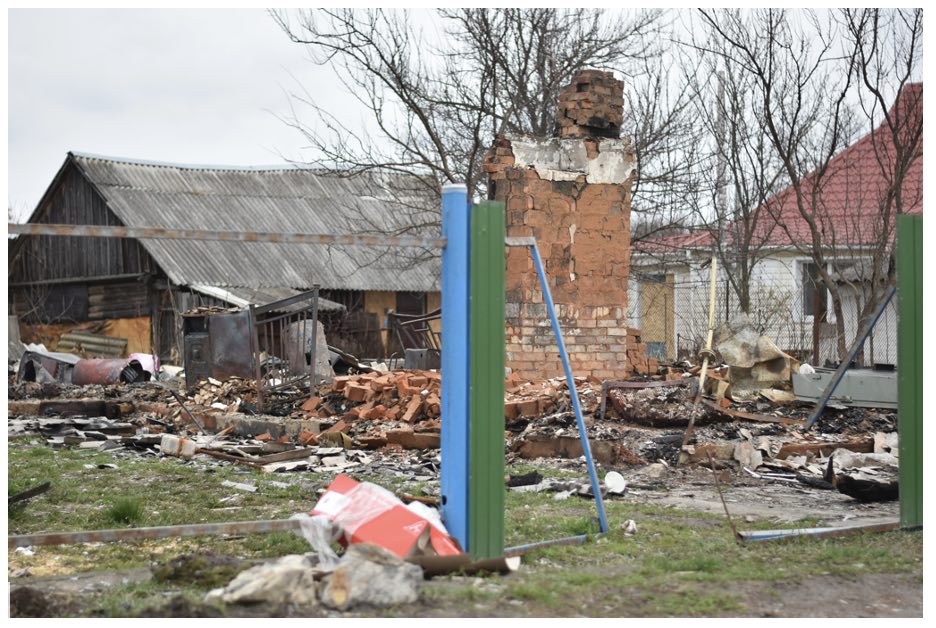Hurricane Ian came in at a category four and shocked us all. People tried their best to escape, whether they left town or went to a safe space, and unfortunately, some of them didn’t make it. With over 140 people dead, we can safely say this hurricane was one of the most dangerous ones to date!
Besides all devastation, we are faced with structural damage to homes and commercial properties. Now it’s time to pick up the pieces.
Hurricane Ian Destruction
Floridians are trying to resume their daily lives after the mass devastation. New evidence shows that flood and wind damages range between $41B and $71B. The estimate is based on the destruction of both residential and commercial properties. This includes those insured and uninsured. This new report has most Floridians nervous as it will require many years to get back to normal.
You might be wondering how the flood came to be so hazardous. The Peace river usually runs 130 feet wide, and due to the heavy rainfall caused by the hurricane, the river flooded and ran over a mile long. Therefore, the overall effects come as no surprise. However, there is a limited number of houses in the area where the river is situated. This ensures less harm should a natural disaster occur. The governing body is known as the Special Flood Hazard Area (SFHA).
Roof Damage
When you combine strong winds of over 150mph with flooding, it’s no wonder Hurricane Ian ruined so much of Central Florida. Floridians experienced broken windows, severe roof leaks, building damage, and more. Here is how how each element affects the roof:
Heavy Rain
The amount of water that fell caused new holes to form or any pre-existing holes to become wider. This is a result of water pressure and wind. If not dealt with in a timely manner, black mold can occur. In addition, any roof that had clogged gutters means that the added water caused more deterioration.
Wind
When you experience winds of 150mph, catastrophic damage is inevitable. Even if your home or property was outside the eye of the storm, you might still have experienced missing parts of your roof and broken or missing tiles. It’s crucial to perform an inspection as even the slightest damage can become an issue if left untreated.
General Damage
The hurricane caused gusts of wind that caused trees to fall or objects to fly around. When that happens, trees can fall on roofs, or objects can destroy the roof. Sometimes a branch from a tree could create more issues than you would expect. If you have experienced any of the above, Big Al’s Roofing recommends you call a roofer to inspect any flaws. A seasoned roofer can assess the severity of the damage and fix it before it becomes worse.
Minimizing Roof Repairs
Even with all the precautions, you can’t ensure that a natural disaster won’t cause havoc. However, a yearly roof inspection can ensure that your roof is prepared for the worse. This is especially important if you live in an area prone to hurricanes. By calling a roofing inspector, you can assess the roof for any tears, holes, or loose tiles.
Advertising disclosure: We may receive compensation for some of the links in our stories. Thank you for supporting LA Weekly and our advertisers.

